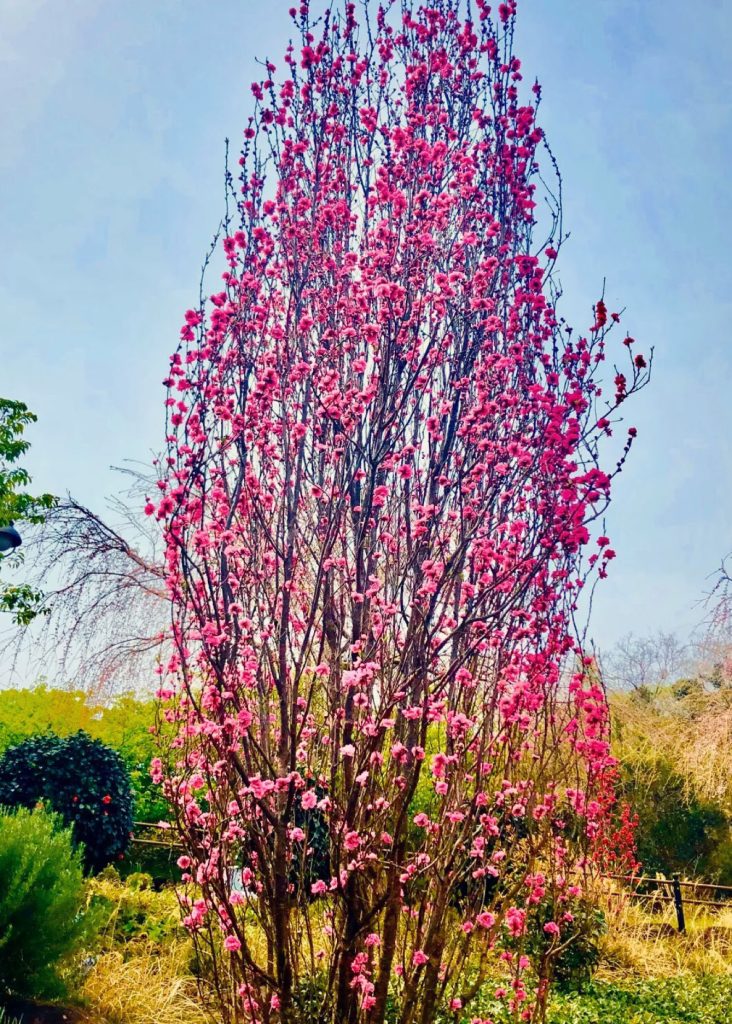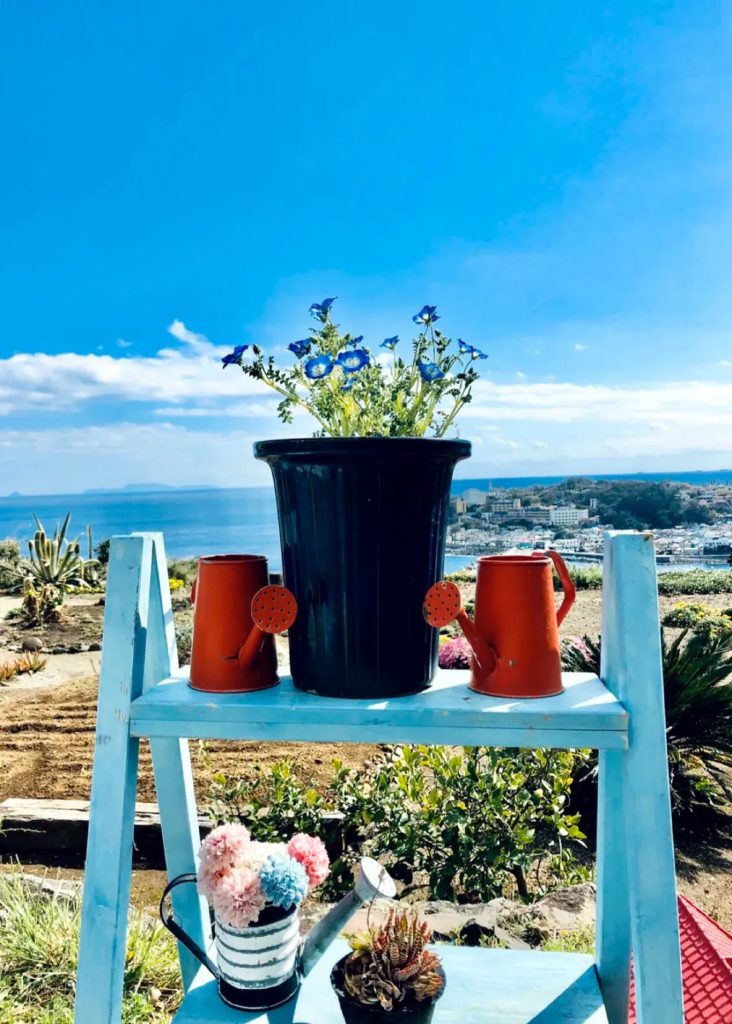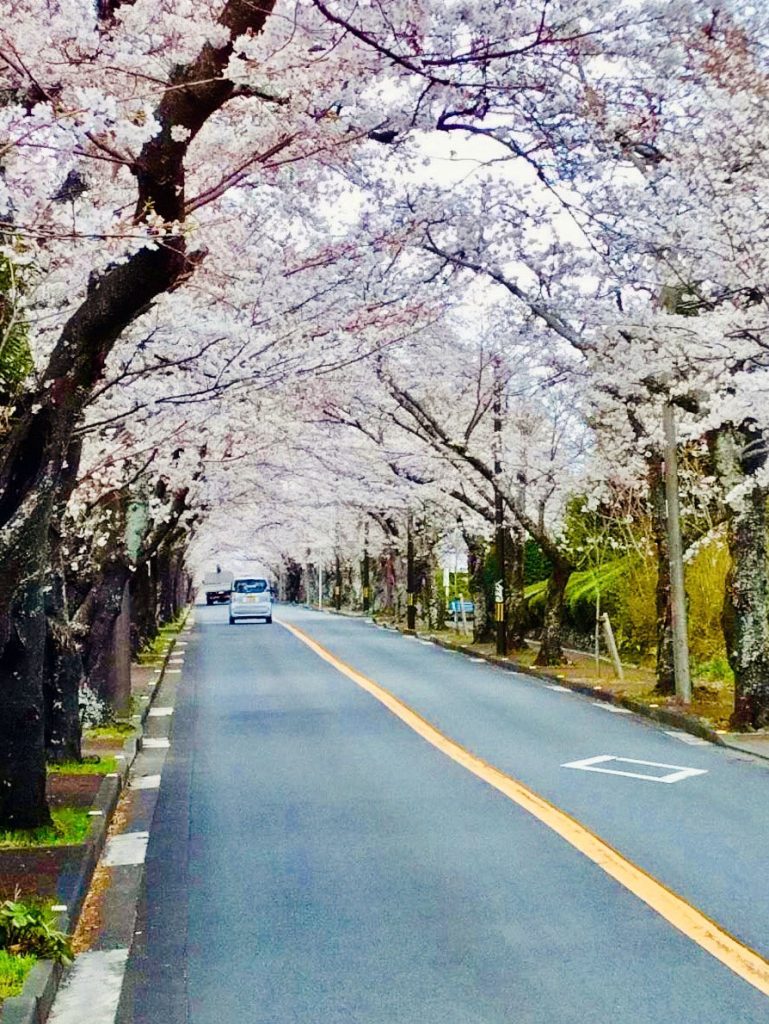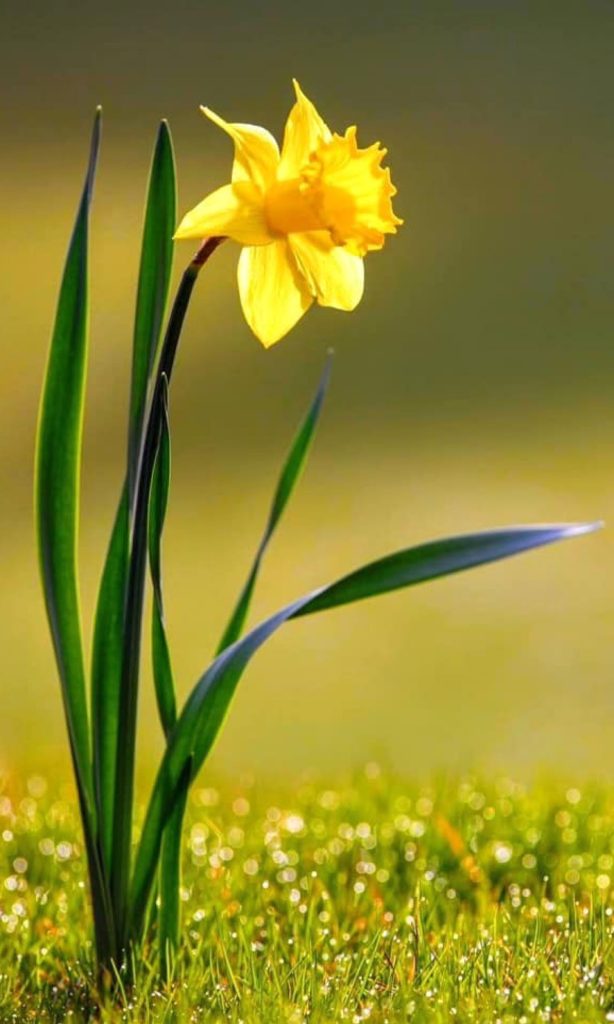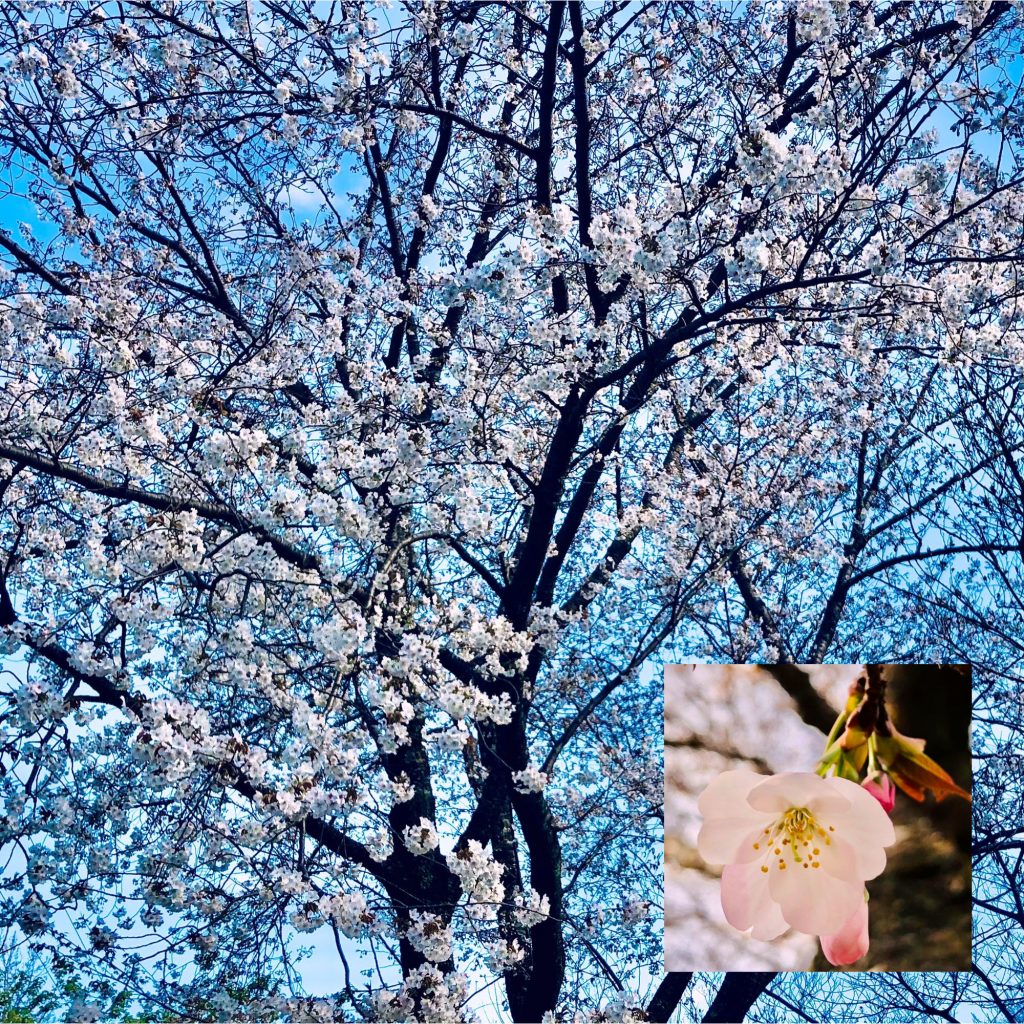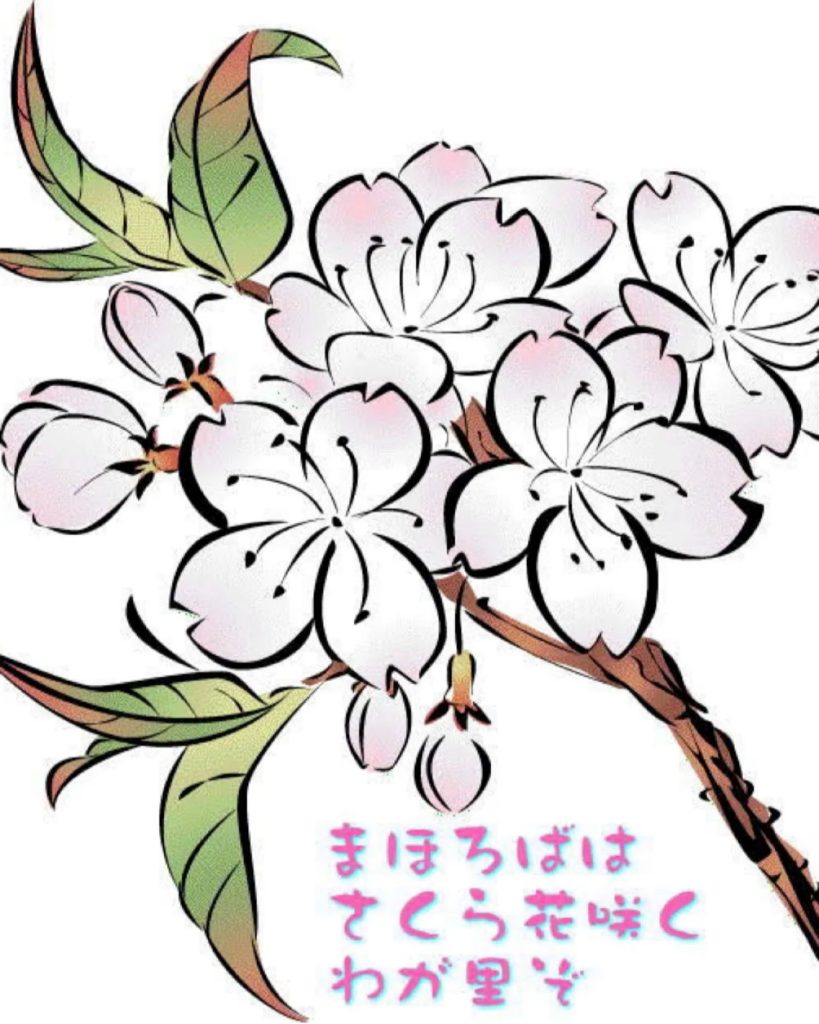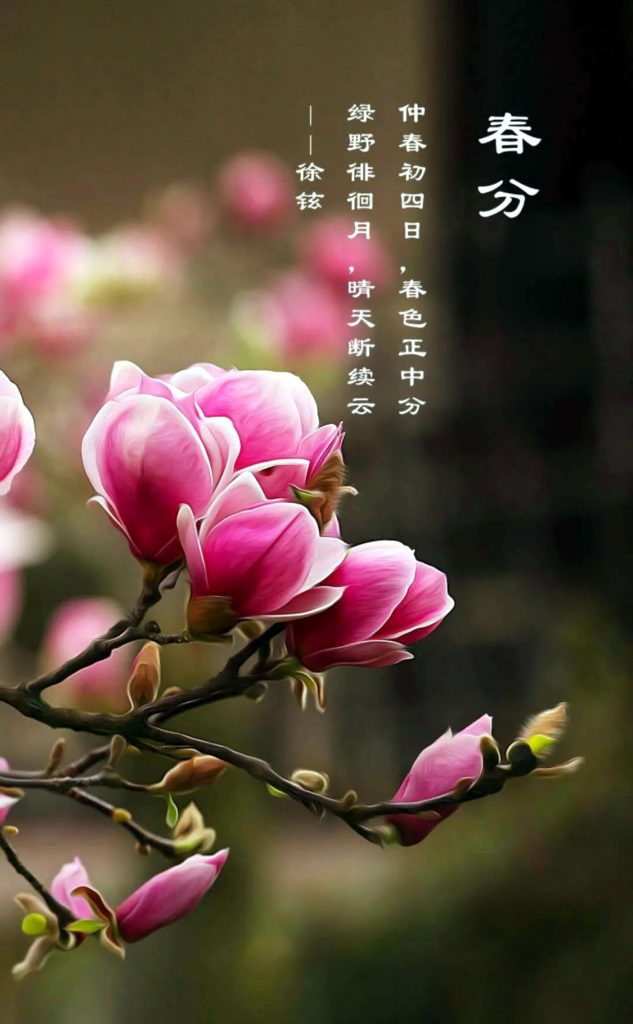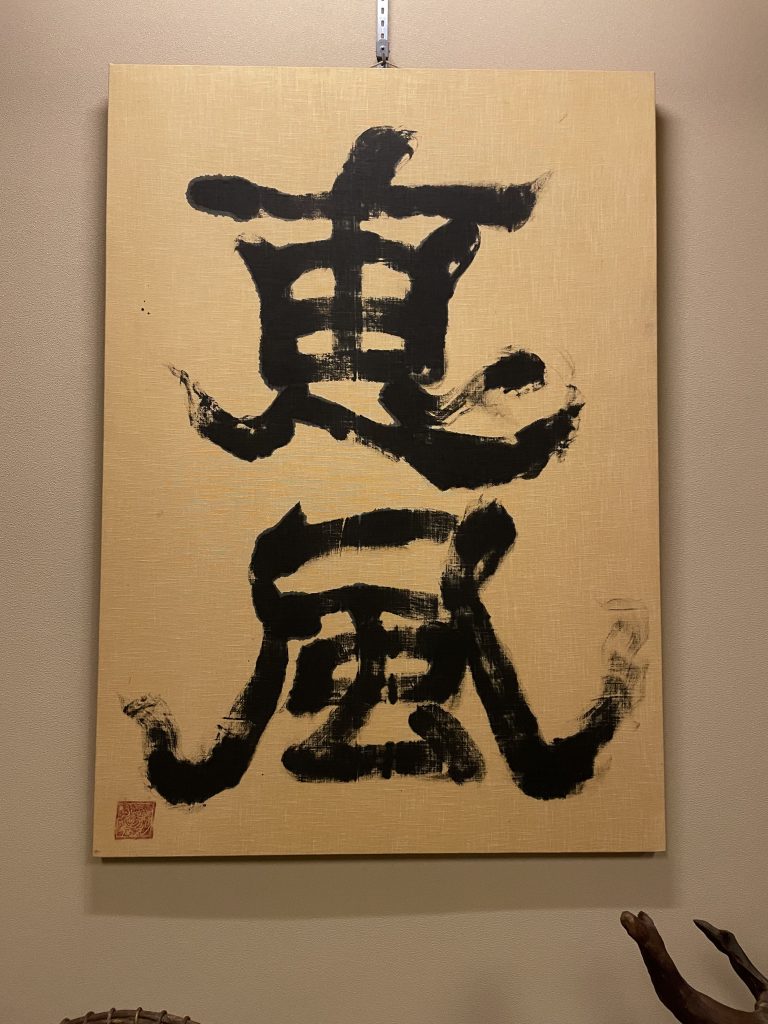
I traveled to Awaji Island with my grandchildren, enjoying the refreshing breeze. It had been three years since I last saw them, who live in Shanghai, China. When we last met three years ago, it was early December 2019 when the first case of infection was reported in Wuhan, China, and the first case in Japan was confirmed on January 15, 2020. At that time, it was still the Chinese New Year, and many Chinese tourists had been flooding into Japan. No one could have predicted the pandemic that followed. The elder of my grandchild had just started first grade of elementary school at the time, and now, when we met again, he have become fourth-graders. I was amazed at how much they had grown and felt the speed of time passing and the rapid changes in history. It has been 18 years also since the Great Hanshin-Awaji Earthquake, and I am deeply moved by the sight of the rich greenery of Awaji Island and the progress of the recovery of the Hanshin area that we passed through on the way here.
恵風薫る淡路島を孫達と旅しました。中国上海に住む孫達とは3年ぶりの再会です。3年前に会った時、その前年の2019年12月初旬に, 中国の武漢市で第1例目の感染者が報告され、わが国においては, 2020年1月15日に最初の感染者が確認されていました。まだその頃は中国の春節で、多くの中国人観光客が 日本に押し寄せていて、その後のパンデミックは予想だにしていませんでした。上の孫がちょうど小学一年生になる年で、今度会った今年は小学四年生になるんです。逞しく成長した孫の姿に驚くとともに、歳月の経つ早さと歴史の変化の激しさを実感しました。阪神淡路大震災からも18年、途中通って来た阪神地区の復興ぶりと、今目にする淡路の緑豊かな光景にしみじみとした思いが過ぎります。

